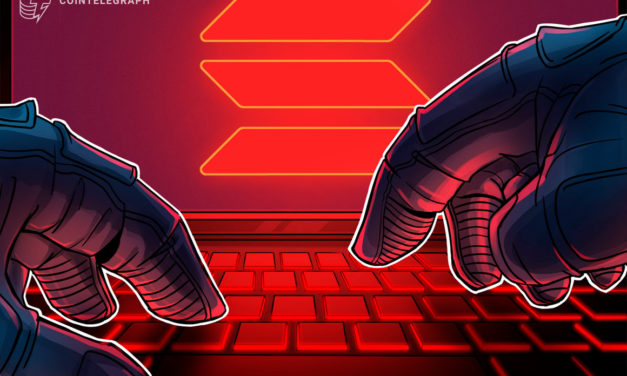Bitcoin rally will lead to “speculative blow-off top” in 2024, Mark Yusko predicts.
BlackRock’s application for a spot Bitcoin ETF have kicked off the next Bitcoin bull run which will culminate in 2024 with a speculative parabolic run, according to Morgan Creek Capital CIO, Mark Yusko. Cointelegraph YouTube Subscribe
Čítaj viac














